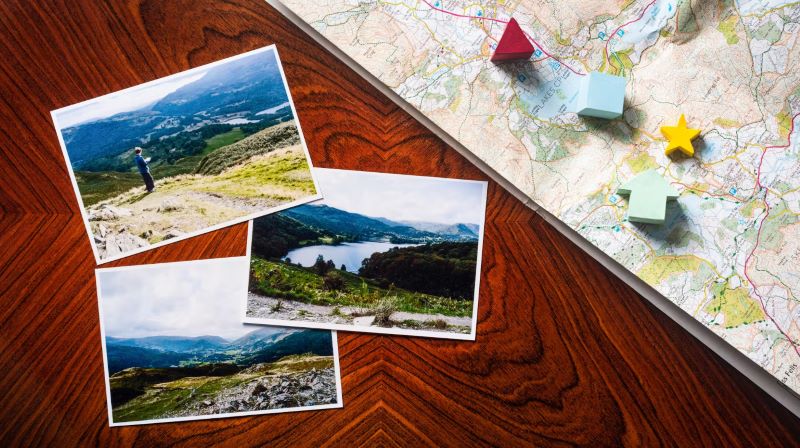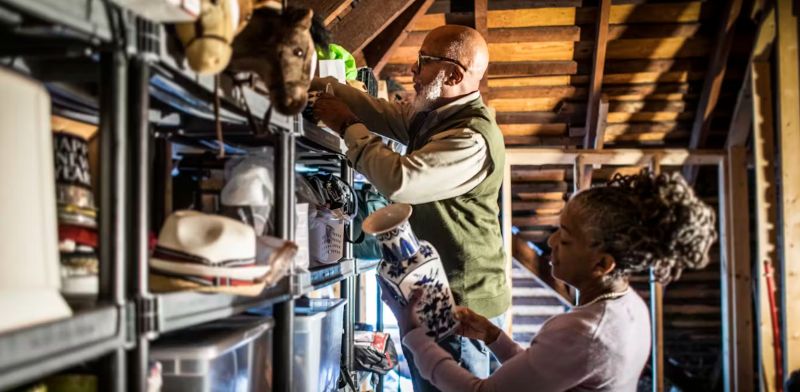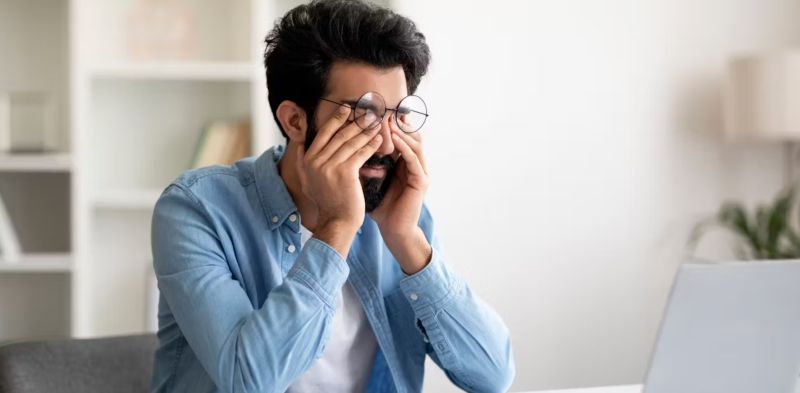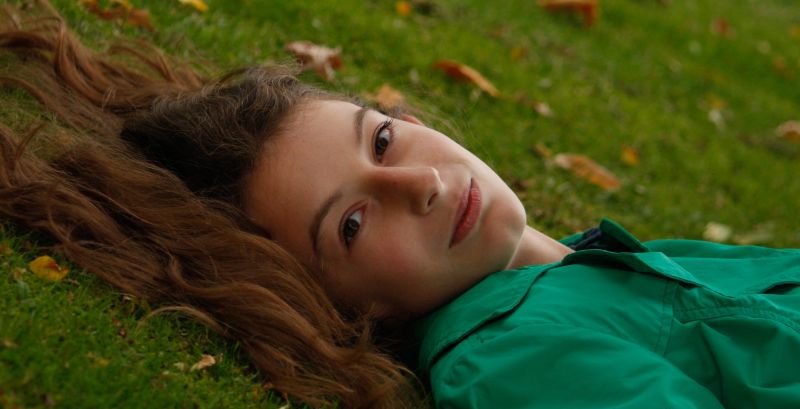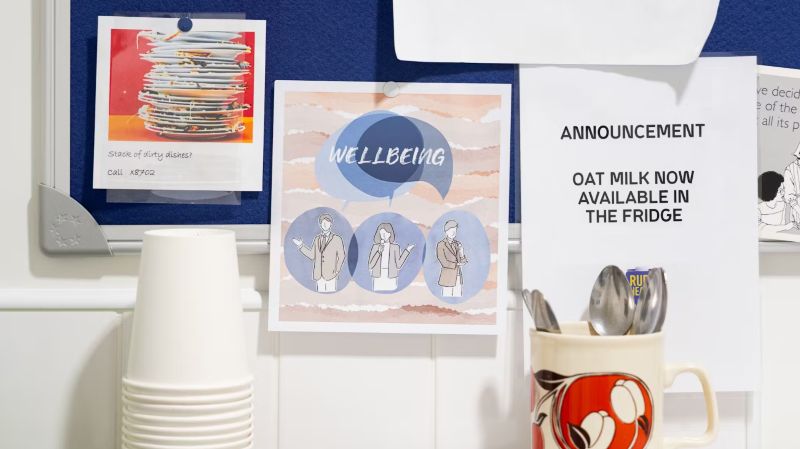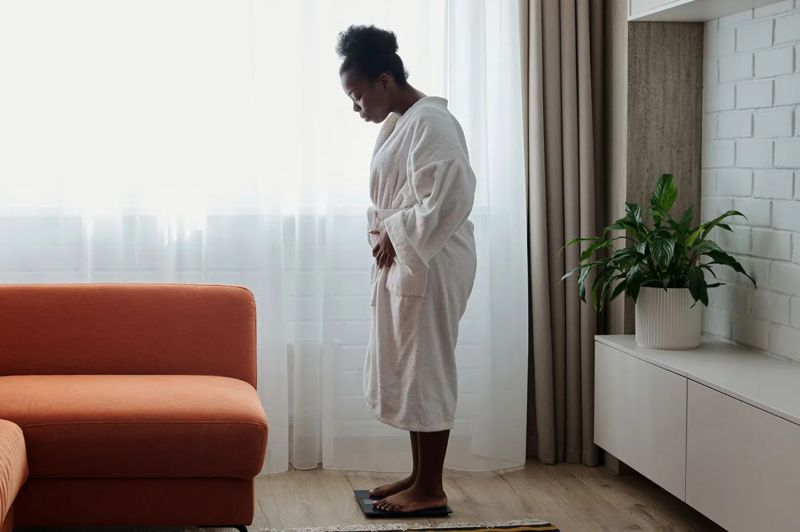
For Kate Stanforth, dance is a form of self-expression, one that’s become even more powerful since becoming disabled. Here Kate shares the joy of dancing in her wheelchair, especially when everybody’s watching.

By Kate Stanforth
Dancer and creator
MK Moves (filmmaker)
Film production company
Wherever I go, I look for an opportunity to dance. You’ll find me dancing in the street, in a shop, even in a lift. Dance is absolutely in my bones and I adore it.
We often think there are specific places for dance – theatres, stages, studios – many of which are behind closed doors and in inaccessible locations. One of the things I love to do is take dance into spaces where some might not think it ‘fits’. Hospitals. Museums. And one of my favourite spaces… out in public.
I’m not your stereotypical ballet dancer. In fact, I’m far from it. While I can just about squeeze myself into a leotard still, and slick my hair back into a bun to try to look the part, there is one thing very different about me. And that’s my wheelchair.
My Love Affair with Dance
I started dancing when I was two years old and fell in love with ballet. I went into pre-professional training when I was eight. In all honesty, we still aren’t sure where I got my dancing skills from (sorry, Mum and Dad).
I used to put on dance shows in my living room, my peak being a performance of ‘Wannabe’ by the Spice Girls. I soon gathered a troupe to perform some of ‘Starlight Express’ on the popular bench at primary school. I performed whenever and wherever I could, whether it was on my doorstep or at talent shows. The world was my stage.
I often wonder what young me would think of me now.
When I first started teaching in my wheelchair, I was incredibly nervous, not just of the children’s responses, but of the adults’. How would they react to a dance teacher who looked like me?
As I entered the dance studio, I was asked, “How are you going to dance if you’re in a wheelchair?” But, by the end of my first week, I had multiple parents messaging me saying their child had asked for a wheelchair for Christmas.
Word soon spread about the dance teacher who was making non-disabled children want wheelchairs (all press is good press, right?) and through it, people saw my dancing. The children gained confidence in me, and their parents started believing in me, too.
It’s taken me years to adapt to dancing in a wheelchair and I’m currently developing new skills using a hands-free powered wheelchair called an Omeo. Some of my finest moments so far include nearly taking out the CEO of the Make-A-Wish charity and putting myself into an uncontrollable spin in a professional dance class. I love working with this chair because it matches my personality and my surroundings so incredibly well. I never thought a wheelchair would make me laugh and bring me such joy every day. It’s chaos. It’s beauty. It’s life.
I’ve always used dance as a form of self-expression, but it’s become even more powerful since becoming disabled. When I dance, people listen to me. I think back to my childhood, when my world was my stage – I really do dance just about everywhere now. At first those barriers to performing in traditional spaces felt like limits, but then I found so much joy in dancing whenever and wherever I could.
I dance from my bed. I dance from my sofa. I dance from the floor. I dance alone. I dance with people. I even dance with dogs. I dance when I’m sad. I dance when I’m happy. And just about every emotion in between.
I dance as a hobby. I dance as therapy. I dance as a job. And most importantly of all, I dance for me.
Originally published by Wellcome Collection, 03.17.2025, under the terms of Creative Commons Attribution 4.0 International license.

